Orange Pi - Is it ready for the world?
We received the Orange Pi (Or OrangePi) because like many Pi users, I am always looking for something faster to run emulators and games within the ARM-based universe. Emulation on the Raspberry Pi is good but lags a little for the more CPU intensive emulation like Nintendo 64 as just one example. When Orange Pi initially released their $15 (plus 3 dollar shipping from auction site ali-express) dollar computer featuring a quad-core based arm7 processor at around 1.6ghz. It was certainly worth a try.
"Note: If you get a black screen but the audio is playing. Or you got a potato PC and it's studdering. We have fallback Links below."
Video tutorial fallback mirrors:
In case you have no-script enabled or for some reason cannot see the title video on this website. We have provided direct links for these videos. For more information about the standards we use on this site click here if you would like to know more.
AV1 - Link MP4/.h264 - Link OGV - Link
Actually USING the Orange Pi by prepping your memory cards.
Let's get right down to using this Pi instead of being like many of the blogs out there which want to give everything with the word "Pi" in it a cosmic hand-job over how awesome the hardware is. Don't get me wrong, I am humbled to live in an age where you can hold in the palm of your hand the same computing power that took an entire data center from the 90's to handle. But Orange Pi is riding on the massive success of the Raspberry Pi and even coming out to say that everything that you learned from the Pi will be compatible with the Orange Pi. But like everything in life there is a catch to it all!
Orange Pi really hates slow TF/Micro-SD cards.
If you have anything less than a class 10 TF/Micro-SD card you are pretty much screwed in getting the Orange Pi to work. The testing and production of the Orange Pi was massively rushed and as a result, it can't step down to be more compatible with other types of TF cards. This is a minor problem now-a-days as you can actually get class 10 Micro-SD cards to relatively cheap. We personally picked up a pack of 3-32gb patriot SD cards for around $12 which is good because we're going to be using all of the cards to really test out each of the linux distros and android as well.
Orange Pi android OS loading is really bizarre.
You have to use a program called "PhoenixCard" in order to load the Android image onto an SD card for your Orange Pi. This is because of the bizarre way it partitions and assigns boot-sectors to it in order to make your SD card actually bootable.
Orange Pi lights can be confusing.
Unlike Raspberry Pi which shows you a power light, MMC, Network light, and Banana Pi which just goes totally crazy with the lighting down to even giving you a heart-beat as to what is going on. The Orange Pi is almost the opposite. It actually will only give you a red light if it can sense the TF card WITH the proper image load to boot up on it. Network lights are totally solid with no activity making users believe that their Orange Pi is defective or DOA. This aspect of the Orange Pi is just a poor design and resulted in many YouTube videos of people saying their unit is DOA when in all reality the Pi is perfectly finr and probably has a bad load on the TF-Card
Orange Pi hardware and build quality:
The unit that we acquired is an Orange Pi PC v1.2. Click here if you want to see the specs of this unit. As far as the build quality is concerned, there was people that were complaining about cold solder joints and crooked connections. However, since I was a bit late to the party and didn't get my pi direct from china for $15 instead I picked it up from an American vendor for around $22 dollars. My Orange Pi looks very good. clean soldering with no crooked or loose connections on it.
USB just to power your most basic devices on the Orange Pi is practically non-existent.
Now, this is something that almost all Pi's are guilty of to one extent or another. But Orange Pi takes this to a whole different level. Yes, it gives you 3 USB ports and 4 if you count the OTG connector. But as I discovered even plugging in a keyboard rated at 80mA is enough to shut down to the USB port. Unbelievable! I have to actually use a powered USB hub in order to use the thing!
Much heat, such burn! WOW!
Now that I got my doge meme mode out of the way the Orange Pi gets stupid hot! To the point where it starts shutting down cores in order to keep it from locking up. Now as many brownie points as I can give to a unit that doesn't simply lock as the Raspberry Pi B+ did to me in my previous blog. It's simply unacceptable to sell a product stating how awesome it will be without providing adequate thermal protection for the product that you are selling.
Ground-Plane heating issue!
Also noted the Orange Pi is one of the only units I have worked with where the TF card slot was burning hot!!! So in effect, the ground plane of this board is also acting as the heat sink? This could be a suspect of many memory card deaths if this is the case. This is because, in many of the images, there is no scaling of the CPU clock when idle versus at full load. And they overvolted the CPU to run at approximately 1.52Ghz at all times. Currently, the SunXI team is working on a kernel patch to prevent this from happening to the point where you no longer require a heat sink.
For those wondering this was not happening in just one image where the CPU was maxed out all of the time like the Android load I was using. This was happening is Raspbian, Debian, and Ubuntu as well. Unless of course you jump onto the Orange Pi forums and download one of the user-generated distros which have the power management feature built into the app finally.
Heat-sink and fans are recommended.
Now if you're saying that you need a heat sink on all Pis. If you're playing games on it like emulators non-stop then perhaps. But on both my Raspberry and Banana Pi I was running a lot of stuff on them and the worst that happens is they get warm. So that's why I can't excuse the OrangePi for it's burning chips. Some people on the forums try to explain away the burning issue that it's simply an issue with power management going to the Chip and that it isn't Xunlong software's fault. But it kind of is when the release images heat up the chips the same way! If you don't spend the time to actually regulate your own chips then you deserve blame.
Orange Pi's muffled microphone.
When doing some basic sound tests in Android. The end results of the quality are like a very low-quality android phone. You can do it. But the muffed quality is simply bad. You are probably better off de-soldering the microphone and attaching a jack to add your own non-powered microphone to do a better job.
The casing of the Orange Pi:
Just like my Banana Pi I have placed the Orange Pi into one of my black ABS box cases that I got ultra cheap and re-wired the power, USB, and Ethernet to one side, while positioning the main board against another side to make HDMI and audio accessible. Once again I'm using two LM2596s to govern over the power regulation of this unit as I have an abundant amount of 12vdc power supplies to use. But unlike my Banana Pi case mod where one controls the board and the other controls a SSD drive at a constant and stable 5.10vdc. Only one going to the board and USB ports is powered at 5.10vdc the fan is potted down to around 3.8vdc where it is practically silent. Even the Orange Pi heats up you don't need massive air-flow to keep the cores from shutting down. just barely enough to move air around is more then enough. 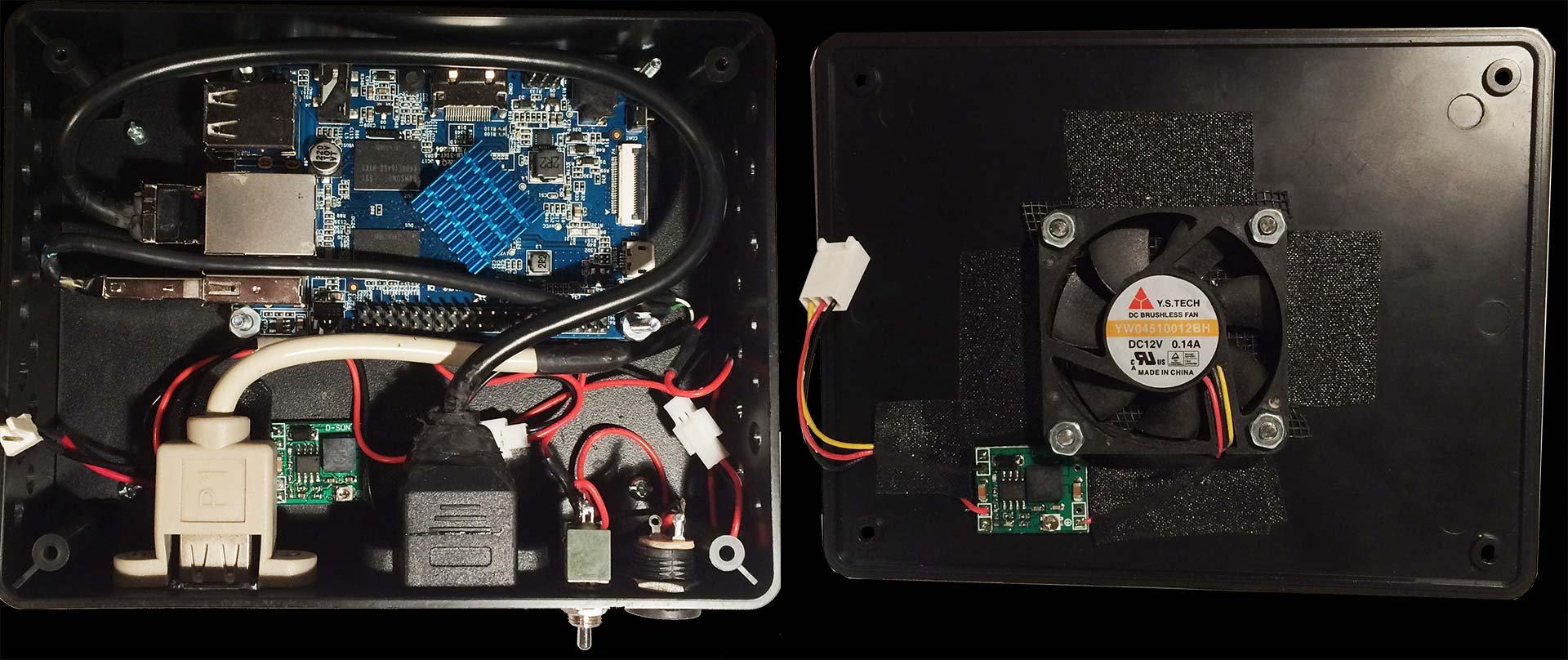 I never believed in purchasing a pre-built case for a Pi, it should be something that is made yourself, from Legos to wood to recycled ABS cases. It simply adds more character.
I never believed in purchasing a pre-built case for a Pi, it should be something that is made yourself, from Legos to wood to recycled ABS cases. It simply adds more character.
Special notes about modding tools.
It should be noted that using just a dremmel and a file may not be the most ideal for ABS plastic case modding. My cuts are rough with most of the covered by screws whenever possible. There is special tools that mount to heating guns which allow you to make perfect squares in thin material such as plastic. As always, make sure to wear safety protection gear such as glasses and ear plugs. Also, be sure to operate said power tools in a well-ventilated area.
Let's talk about Orange Pi's software for a moment:
In this section, I'm going to break down some of my experiences with the Orange Pi starting with just the general software issues that were experienced.
Support for Orange Pi on forums.
When it comes down to Orange Pi as a company their lack of communication and the company-made images of the Orange Pi are just about laughable. Their version of Raspbian is just a made of BananaPi with their mods attached to it in a very poor manner. Which leaves you twisting in the wind in the hopes of relying on the community. And although there are a few people out there who are trying to make a difference like "Loboris" on the forums who is making stable distro's for the Orange Pi there's only so much a handful of people can do. And with Sound not working and crippled video. It leaves the options rather limited for what you can do with the Orange Pi in terms of game development.
Lost in translation.
As an example, I wanted to find out if there was a way that android Bluetooth was supported and what possible USB dongles I could get for it so I could hook up my Ouya controllers inside of an Android OS on The Orange Pi. Turns out there was a thread dealing with this but due to misinterpretation they think Bluetooth compatibility and wi-fi compatibility are the same thing. Thread derailed with no moderation to correct. It's those things that can really set you apart from being a community that is informed to just a chaotic nightmare. Also when someone was trying to correct some of the issues such as accelerated video the users in that comments statements like this:
Please don't distribute images. We don't want to dumb down the community. - Orange Pi Forum User
Right, because it's real fun compiling everything on Linux from scratch right? Especially in half-completed documentation and broken links. Cull out the herds from your community until there's just you and maybe some other jackass that is exactly like like. That's a terrific business model for selling Orange Pi board. Elitist prick.
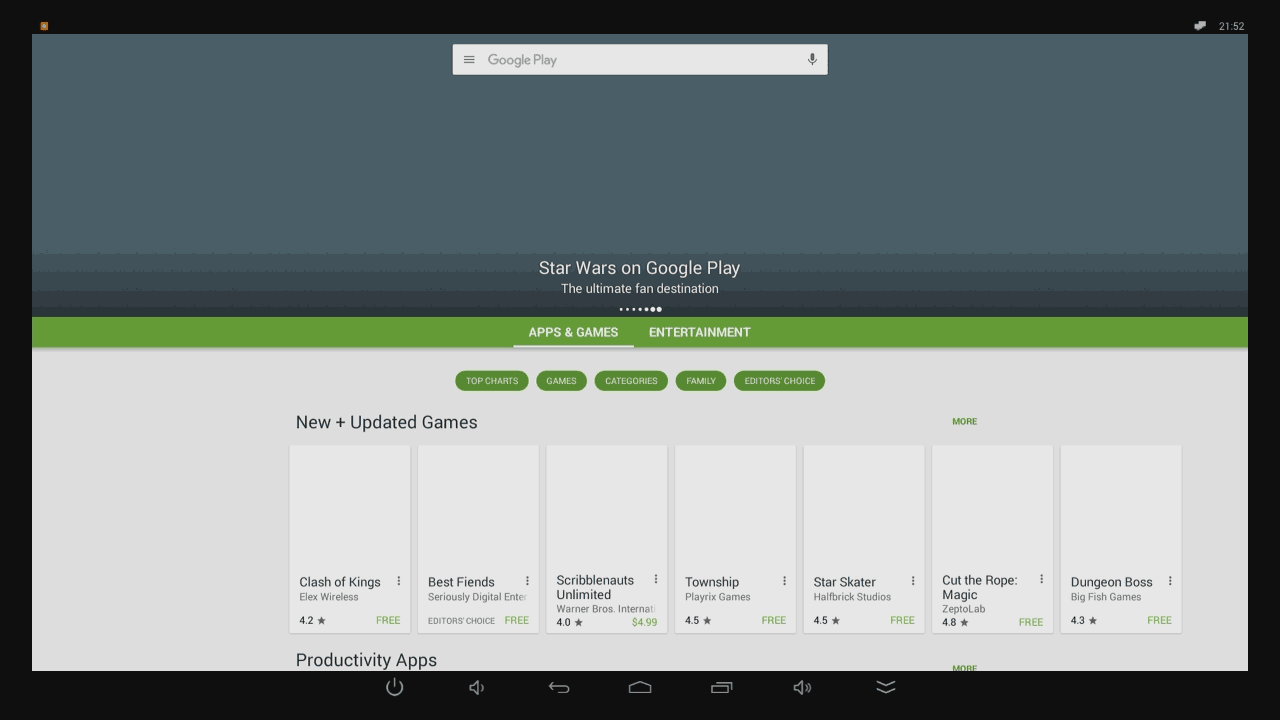 MALI GPU in Android:
MALI GPU in Android:
This is the most brutal blow to owning this Orange Pi. That the MALI chip set doesn't even work in all of the Linux images I have tried. Granted, It's just a MALI400 chip-set so don't expect miracles out of it. It is at the very least expected it to WORK like the Raspberry did. What Orange Pi delivered was a lot of trash talk stating how awesome this chip is if and when you can use it. Now you can use this in android and be able to get XBMC loaded onto android as you could see in the videos posted. But it's slow underneath android the h265 decoding is meaningless if you're running Android 4.2 or 4.4 as even though the chip may be capable of handling it only Android 5.0 can fully use the library which Android 5.0 is not coming to a unit that only has 1GB of ram. This makes the Orange Pi useless to anyone who wants to game or emulate or hell even use this as a media PC! The version of android used was found on the Orange Pi's forums as the official Orange Pi Android release is all in Chinese. And ultimately had to go on their forums to download a user-compiled version of Android that was usable in English as well as other languages.
Custom images
This is another department that really hurts the Orange Pi. Apparently, the Orange Pi version 1 can accept images from Raspbian directly. However, the Orange Pi 2 and Orange Pi PC versions cannot and need their images modified with a kernel in order for it to work properly. This is a major setback and only serves to fragment the ARM community by doing this. There are people out there trying to unify drivers for the processor, GPU, and sound under an Allwinner project. But that project is simply not ready to welcome Orange Pi into the mix again.
Painfully slow android!
From navigation inside of google play to launching a simple app like a file explorer. Everything moves so slowly in this unit. We expected it to at least come to par with something like a GameStik but it's even slower than that with heat sink and fan pointed at it. It's a real shame. Perhaps it may be one of those bugs in the images once again and it'll get better over time. When loading games such as BombSquad via GooglePlay, The Mali Chip does do its job, but it's constantly waiting for data to download which generates large gaps of lag during gameplay. This may come full circle back to the cores overheating and/or issues with the CPU bus talking to the TF card.
Update 4/23/16 - Use the right kind of card!
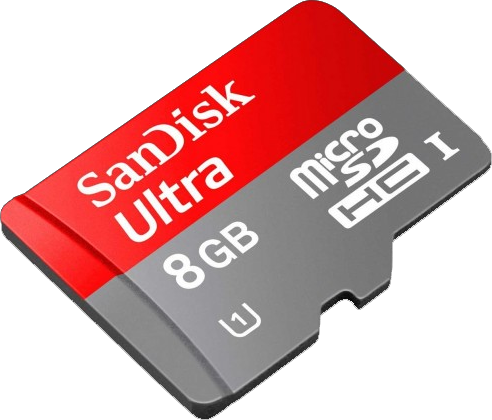 No matter what android image you use don't like the fact that there's extra space on the card despite Phoenix-Loader compensating for this by expanding the file system. My PNY 32GB card was the one driving the entire android OS to feel like we were loading it off of a floppy drive. The moment I used an 8GB-Class 10 card like the one pictured here it began to access applications and games at a far more reasonable speed. Granted not awesome speeds. But at least "Usable"
No matter what android image you use don't like the fact that there's extra space on the card despite Phoenix-Loader compensating for this by expanding the file system. My PNY 32GB card was the one driving the entire android OS to feel like we were loading it off of a floppy drive. The moment I used an 8GB-Class 10 card like the one pictured here it began to access applications and games at a far more reasonable speed. Granted not awesome speeds. But at least "Usable"
Broken scripts and custom partition tables.
Unless you are using one of the forum images. On the Orange Pi, the simplest action to expand the filesystem is useless.
sudo resize2fs /dev/mmcblk0p2
This will instantly throw you an error saying it's already at the maximum amount of blocks. This means you have to result doing this manually in fdisk:
sudo fdisk /dev/mmcblk0
press the following to display the tables:
p
Upon this will list your partition tables, you'll note how the Orange Pi's partitions do not start on zero? It's strange, take note as to where partition 1 ends as we will need that info in a bit. then:
d
And:
2
To delete partition 2 (don't worry, nothing has changed until we write the partition.) Now we make a new partition:
n
Partition:
p
And the partition number:
2
Now it will ask us where to start the partition. We want to start it one block from the end of the first partition. Once you have that set it will then default to the full size of the SD/TF card instead of only giving you a few megs.
p
To view the changes again verify everything is set correctly.
w
To finally write data to the SD Card. As a note it will not take effect until you reboot your Pi.
sudo shutdown -r now
once you have rebooted your Orange Pi you can then finally enter in
sudo resize2fs /dev/mmcblk0p2
to reclaim the rest of your TF card. From here you can go about your apt-get update and apt-get upgrade without worrying about running out of space. As for WHY it was broken? Well, this gets back to the way the Orange Pi PC compiles its images breaking the standards that are already in place.
No-Go on using Orange Pi as a NAS server.
If you've been reading my previous blog I did find a use for my Banana Pi M1 to be a very efficient NAS server complete with a SATA port hooked to a 120GB SSD drive getting approximately 140MB/sec which is awesome! But I know what you're asking.
S, there's a new Orange Pi called the Orange Pi 2 Plus. It has SATA on it. It should be better then what your running on the Banana Pi M1 right now.
The answer is "NO!" Here's why:
Let's push aside the cost factor for a moment here. The Banana Pi M1 housed an A20 Armv7 processor that had a very unique feature built right into the chip which is to handle SATA traffic directly to the microprocessor. Very few ARMv7 chips on the market mirror what the A20 did. Unlike Banana Pi which just angered us by them flat out lying to their customers by stating that their upgraded version the Banana Pi M3 is exactly like the M1 in every way but faster only to get your money only to later on feel buyers remorse when you look at the fine print. The Orange Pi people simply put on a chip because users kept asking for it not really understanding what it means to have on-board SATA in the first place.
The Orange Pi Plus 2 suffers from the same anemic chip-set bandwidth problems that the Banana Pi M3 does with transfer rates only being around 14MB/sec . 1/10th of the throughput speed of the banana Pi M1. Although with more processor power would come faster Gigabit transfer rates than 400Mb/sec. The Orange Pi Plus 2 defeats itself before it even had the chance of becoming a good NAS server. Just like the Banana Pi M3 the only thing the Orange Pi Plus 2 has going for it is 2 GB of ram which is useful for heavy-hitting programs like java. At this point of the game since they're no longer making Armv7 processor with native SATA in them you minus will hunt for a board with USB 3.0 if you ever want NAS capability out of a Pi-like Board.
Recommended usage.
If you have some headless needs that require a lot of CPU power such as OpenSim running the Mono development platform or hosting quake matches or even a heavy duty JAVA app such as CoffeeMUD the Orange Pi may be something worth looking at. If you're expecting this unit to come to life out of the box for all of your emulation and gaming needs you may be a little disappointed. Will it replace my Banana Pi M1? Probably not, even with just dual-core 1.0ghz it stays as the OpenSim and fileserver of choice due to Gigabit ethernet and SATA controller. The Orange Pi 2 has those features as well but for MORE then the cost of the Banana Pi M2. So not worth it in my book.
Money spent on the Orange Pi project (calculated into US Currency.)
It's only 15 bucks S! Come on! Don't be a jerk!
When it comes to anything with the word "Pi" in it nothing is ever worth the face value. You get the board and that's it. There's so much more that you need to get before you can consider it a workable/safe unit. So, let's break down what all was personally spent on this Orange Pi project:
- $4 - MicroSD Class10 Patriot card. - NewEgg.
- $22 - Orange Pi from eBay - American Dealer.
- $0.75 Hammond-style ABS enclosure - American Science and Surplus - Physical Store nearby.
- $1.00 - 2x LM2596 DC step down circuits 12vdc < - > 5.10vdc 3amps max.
Sub-Total: $27.75
Items not factored into the Orange Pi project budget:
- I-pad charger to charge Orange Pi with - Found in a parking lot in working order. Because that's just how we fucking roll.
- Self-Powered USB hub so Orange Pi didn't drop out if too many devices were plugged in - From previous bitcoin project.
- 40mm fan used for cooling. - Recovered from old Pentium motherboard.
- Pack of 10 blue chipset heatsink coolers. - Unused from old Geforce video card upgrade.
- Keyboard/Mouse/HDMI cables to actually interact with the unit.
Criticism.
We are being a little rough on my review of this poor device and we do apologize for this. But competition for the embedded computer market has exploded since the invention of the Raspberry Pi and in order for Orange Pi to truly compete, they have to make the conversion from the many flavors of Pi as transparent and painless as possible. And so far, the Orange Pi has failed at the time of this posting. We want to see the fastest/cheapest Pi that the end-user world can get their hands on. But not at the cost of hours wasted obtaining some level of proprietary support.
Final thoughts:
So the basic concept of the Orange Pi business model is this:
- The community submits updated images to actually make the Orange Pi work.
- The community and third-party groups such as SUNXI and the Allwinner projects correct their own problems with software by debugging and reporting back to themselves.
- The community receives little to no communication from Xunlong software about the issues going on. (Xunlong, you're making me feel like being with Ouya again guys)
- Xunlong Software / Orange Pi makers just pump out a board and take your money.
Suddenly, you appreciate paying $35 to Raspberry Pi to continue their notion to educate people. I now start to worry about my kick-starter investment into C.H.I.P. To call this "A new generation of mini PC" as the website of Orange Pi states may be pushing it a little when the unit has not even come out of its beta stages of software development. The whole concept of getting something this powerful is truly amazing but it doesn't come without its faults.
These are my opinions and findings and mine alone. Facts are subject to change based on the progress of software/hardware development. If it makes at least one person think twice before an impulse buy and take a hard look at these Chinese boards before buying then it is considered a mission success story to us. Look at the community, see the problems out there, look at the hardware. Understand that just because it has the word "Pi" in it doesn't mean it'll be as great as the original. Especially if it's a fraction of the cost. Give support to companies that truly want to earn your support. Instead of just ignoring you after they receive their money.
That's what server said.
END OF LINE+++

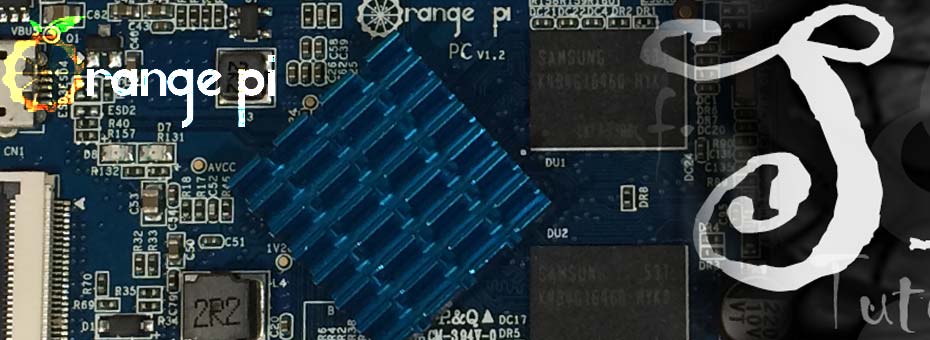
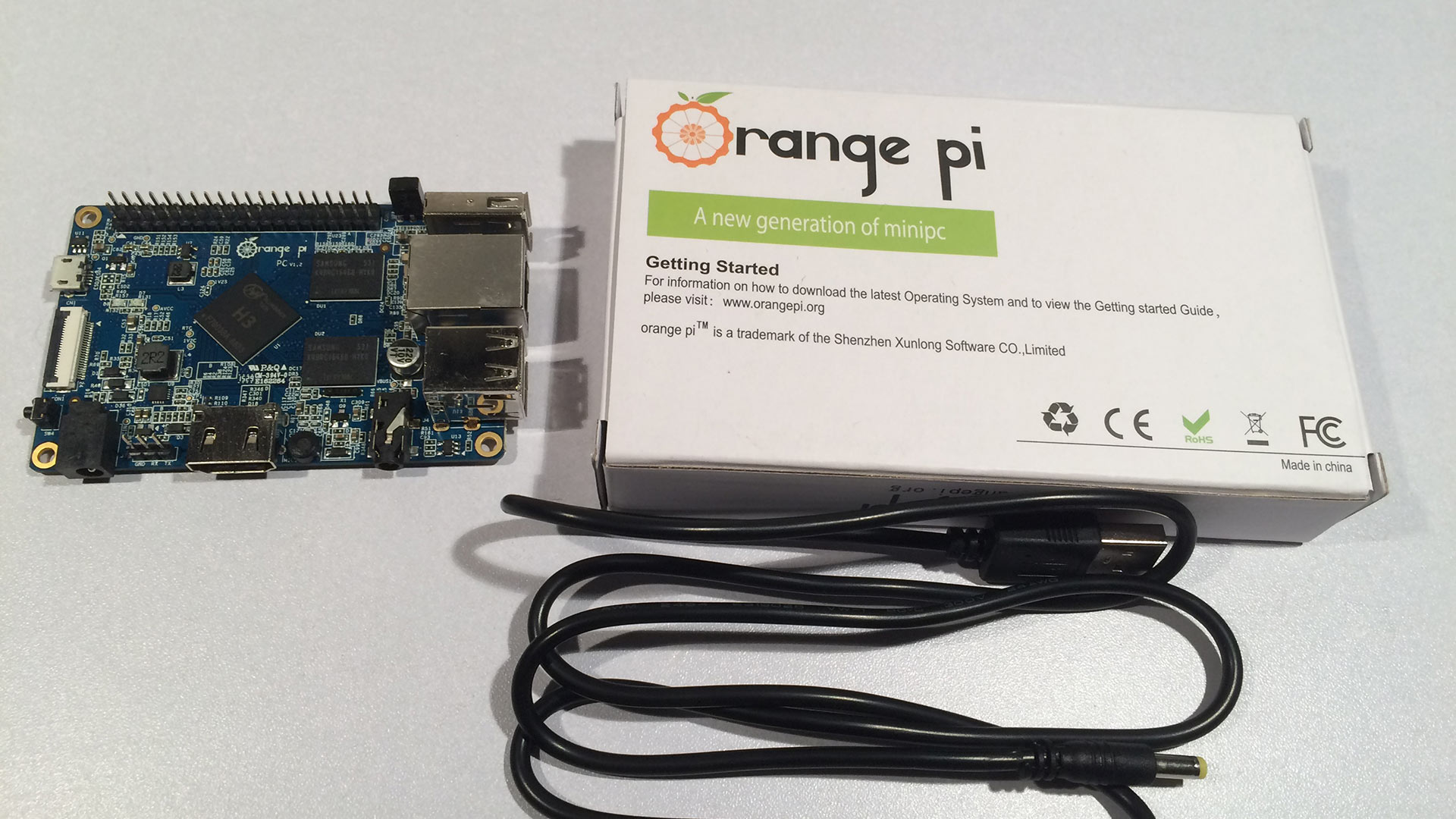

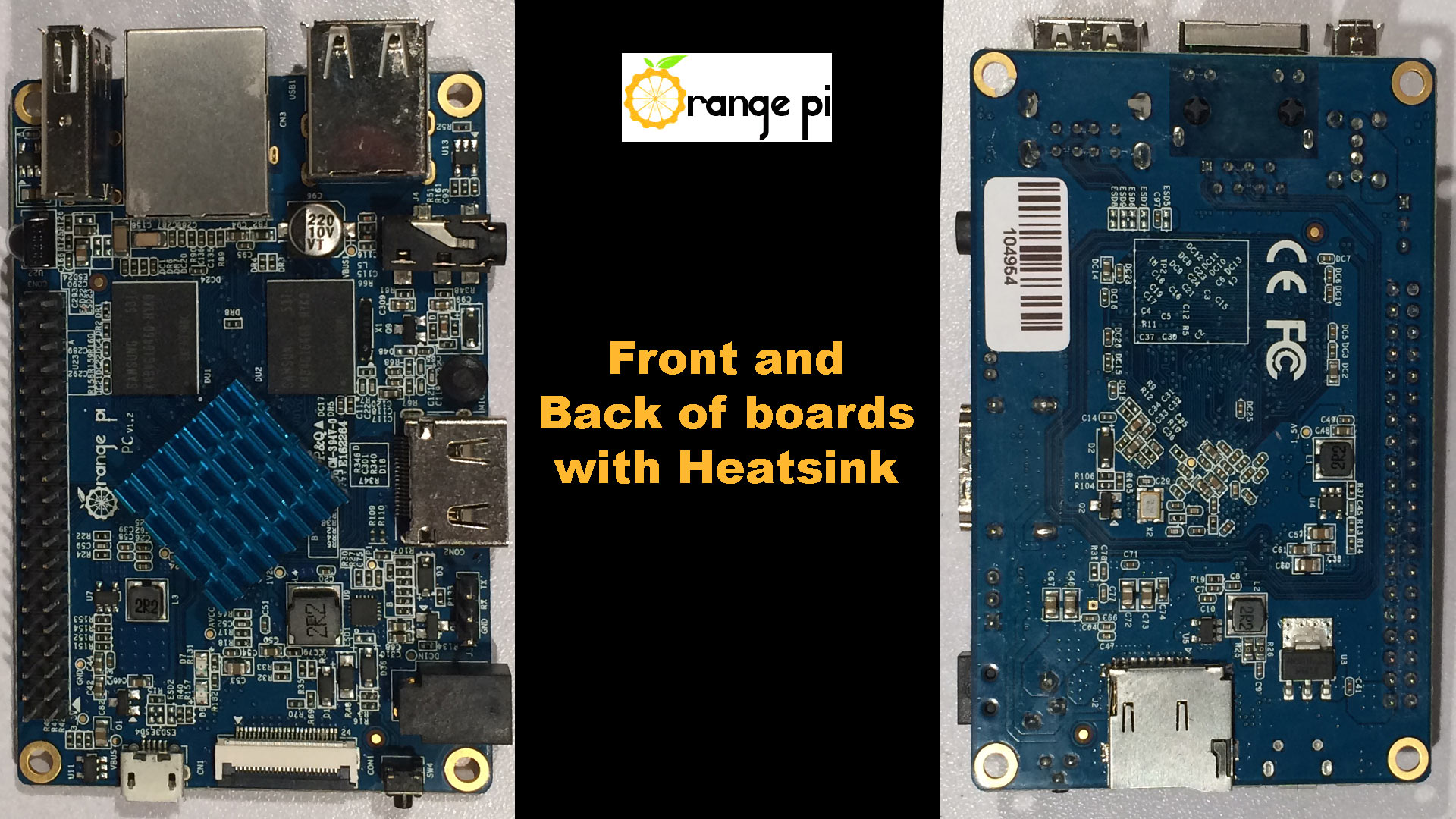
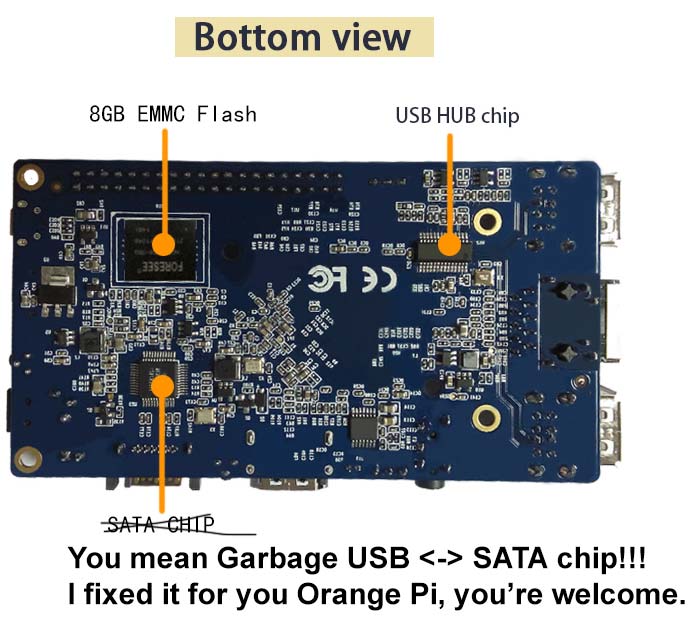
As of 2020 things have improved significantly. I'm running my Orange Pi PC with armbian Linux using the 5.8.13-sunxi kernel. No problems at all using it over the network and the performance is good for an old Cortex-A7 CPU. It only gets slightly warm when idle. Compiling stuff makes the CPU temperature reach 75C but no huge overheating problems.
I think the main issue is with the older kernels overvolting and overclocking the CPU too much.
Something tells me that the Armbian team has done a lot more for these Kick-starter boards then the very companies that made them. Which is both good news is a little on the sad side as well. Especially when like the Pine64 they went on and on about the 3d Mali400 chip-set which to this day we still unfortunately cannot really access for anything. I will have to run my ffmpeg test again on the Orange Pi with Armbian to see if I still get lock-up issues or if it's smart enough to thermal throttle instead.
Thanks for checking out my blog.
I concur! I wasted a day of my life trying to get the "right" software and settings on a Orange Pi Lite, just trying to make a simple kiosk screen! I have done the same with Raspi in the past. I gave up, ordered a few more Raspberry Pis! Cutting corners to save a few bucks is just not worth it.
Thanks for the info. Very useful.
Having tried to get a CUPS server running on a RasPi Zero (it runs but doesn't print) I transferred my affections to the OrangePi Zero - an altogether different order of beast. I stuck in a card and Raspbian I'd previously used on the RPi 3 and RPi Zero and it worked OK. No excessive heat. No dramas. No printing.
The big difference between the two boards, from my point of view, is that I can get a monitor to work on the RPi but not on the OrangePi. Except if I get an old composite monitor and hobo-rig onto the 13-pin connector.
Even VNC, which works well on the RPi, won't install on the OrangePi. I'm visual - I need to see what I'm looking at.